So far, the events of 2020 have been weird; with the changes to life in the UK in the past 7 days making things even weirder. As the whole nation becomes “socially distant” in an effort flatten the curve, we are seeing growth in digital channels that allow us to be social without physical contact.
On Monday 16th March, Boris Johnson directed the nation to be as socially distant as possible. Human’s are, by their nature, social creatures, so this directive has driven some quick innovation and growth in areas which provide social interaction and entertainment though channels.
Online gaming is one area which has seen a large growth. On Tuesday Xbox Live reported seeing a spike in users and PC gaming platform, Steam, has seen record figures of 20 million concurrent users globally. Twitch has also seen 15% year-on-year growth in the hours streamed.
Expectedly, we have seen growth in VOD platforms, with Broadcaster VOD up around 10% week-on-week. Netflix has reduced the streaming quality in its platform across Europe in order to cope with demand. However, the social hunger is being aided by a Netflix innovation, the Netflix Party Chrome extension, which although not new, has seen growth. This allows friends to socialise whilst they all watch a show or film together at the same time, creating shared moments and events whilst staying home.
Other apps which will likely see growth at the moment are technologies to connect households together. The Houseparty app can be used for just that, to party from your house, so everyone’s party arrangements don’t need to be postponed. This, combined with pubs and breweries now offering delivery or drive-through services, means that we don’t need to worry about running dry.
At the same time, local groups who would usually meet face-to-face, such as toddler entertainment or keep fit classes, have been moving to video platforms such as Zoom or YouTube. Courtesy of The Body Coach Joe Wicks, the nation can now get fit together every morning at 9am. This connectivity enables businesses to still provide a service (and earn revenue) remotely. The transfer from community halls to online will likely encourage older generations to embrace these technologies too.
Ultimately, what the consumer needs in order to weather this storm is the ability to connect and experience things with the people they know. Thinking outside of the box will be required, but as this unfamiliar situation continues, we expect to see more brands and media platforms innovating and diversifying in order to continue keeping us together, yet apart.
https://www.ladbible.com/technology/gaming-xbox-live-usage-sees-spike-as-people-start-to-self-isolate-20200317
https://www.theguardian.com/culture/2020/mar/19/netflix-party-could-this-group-watching-tech-gimmick-be-a-lifesaver
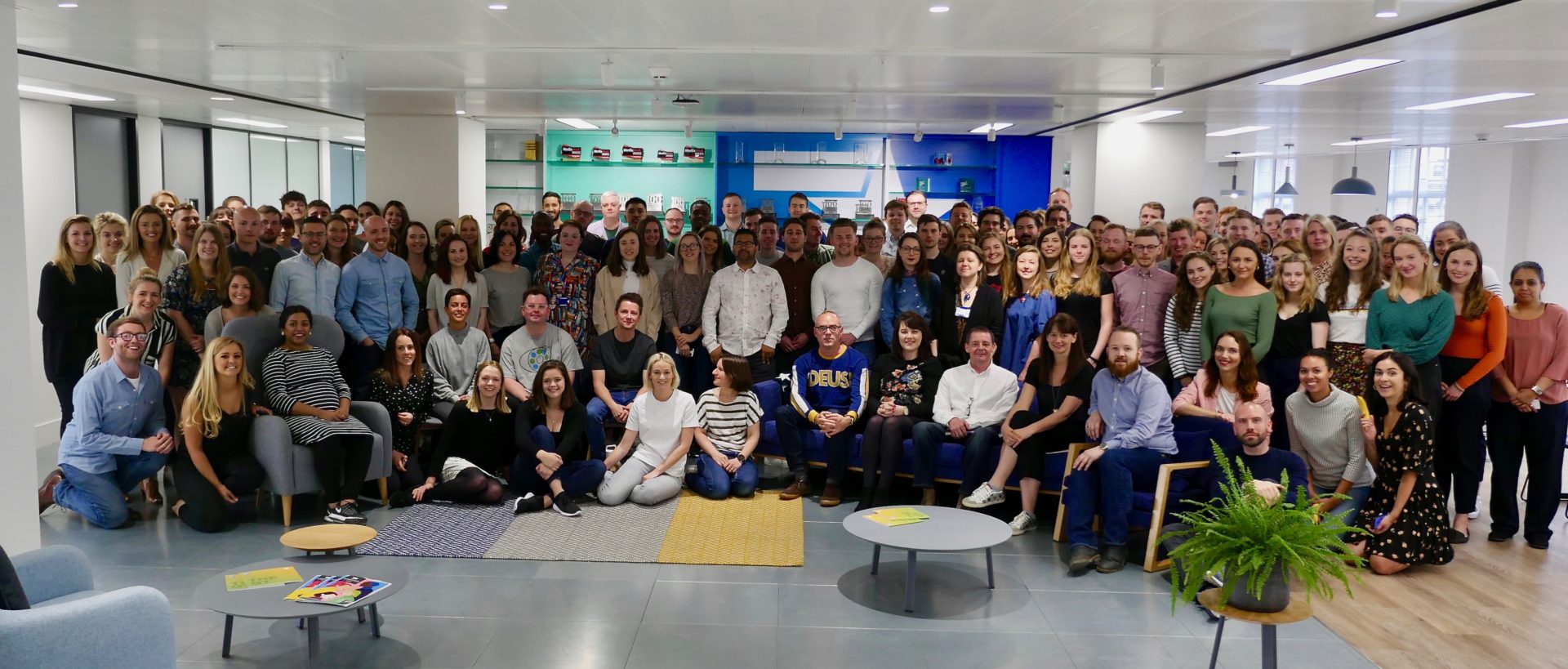
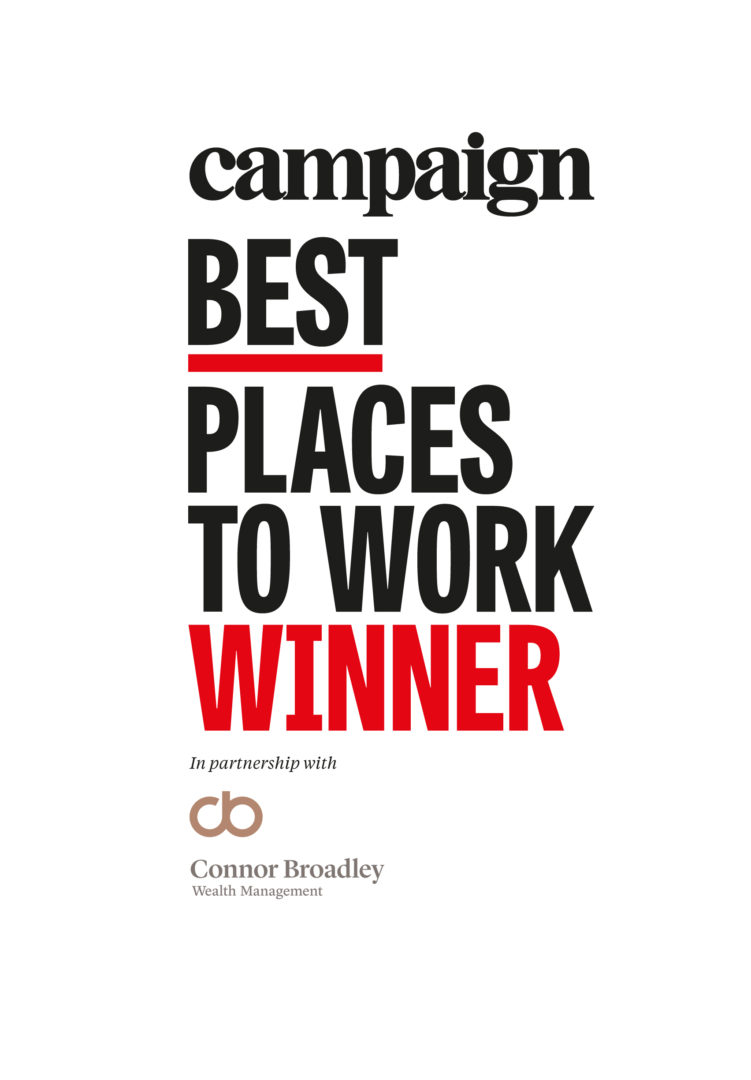


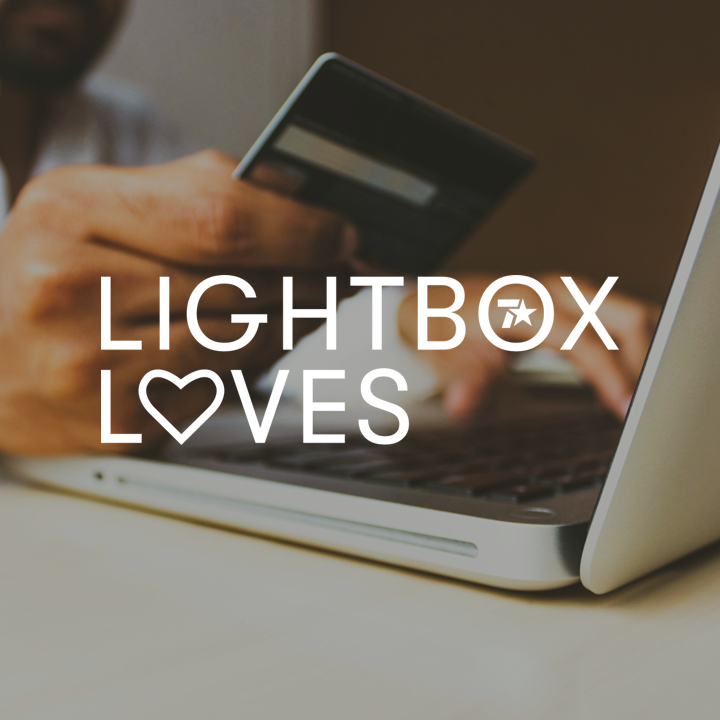
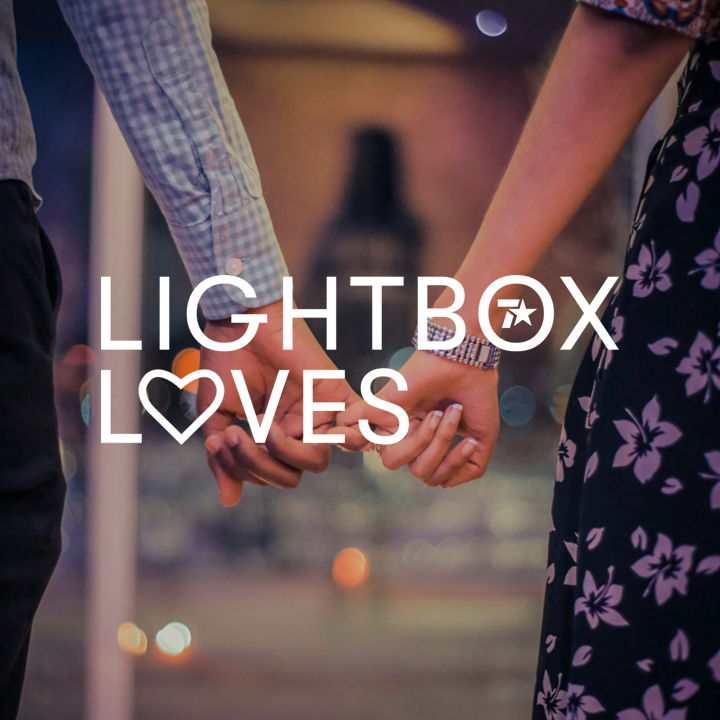
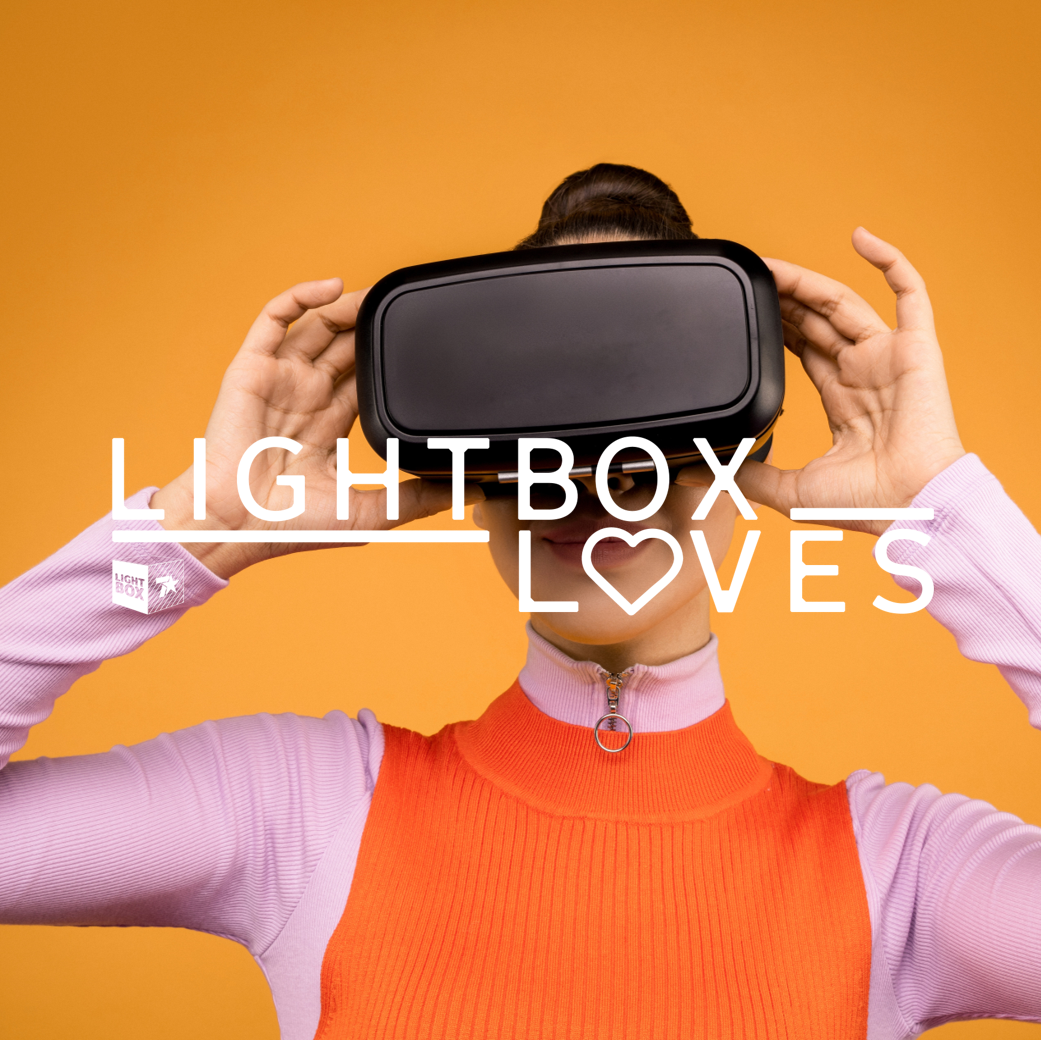
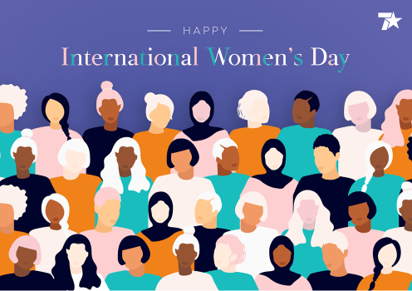




Recent Comments